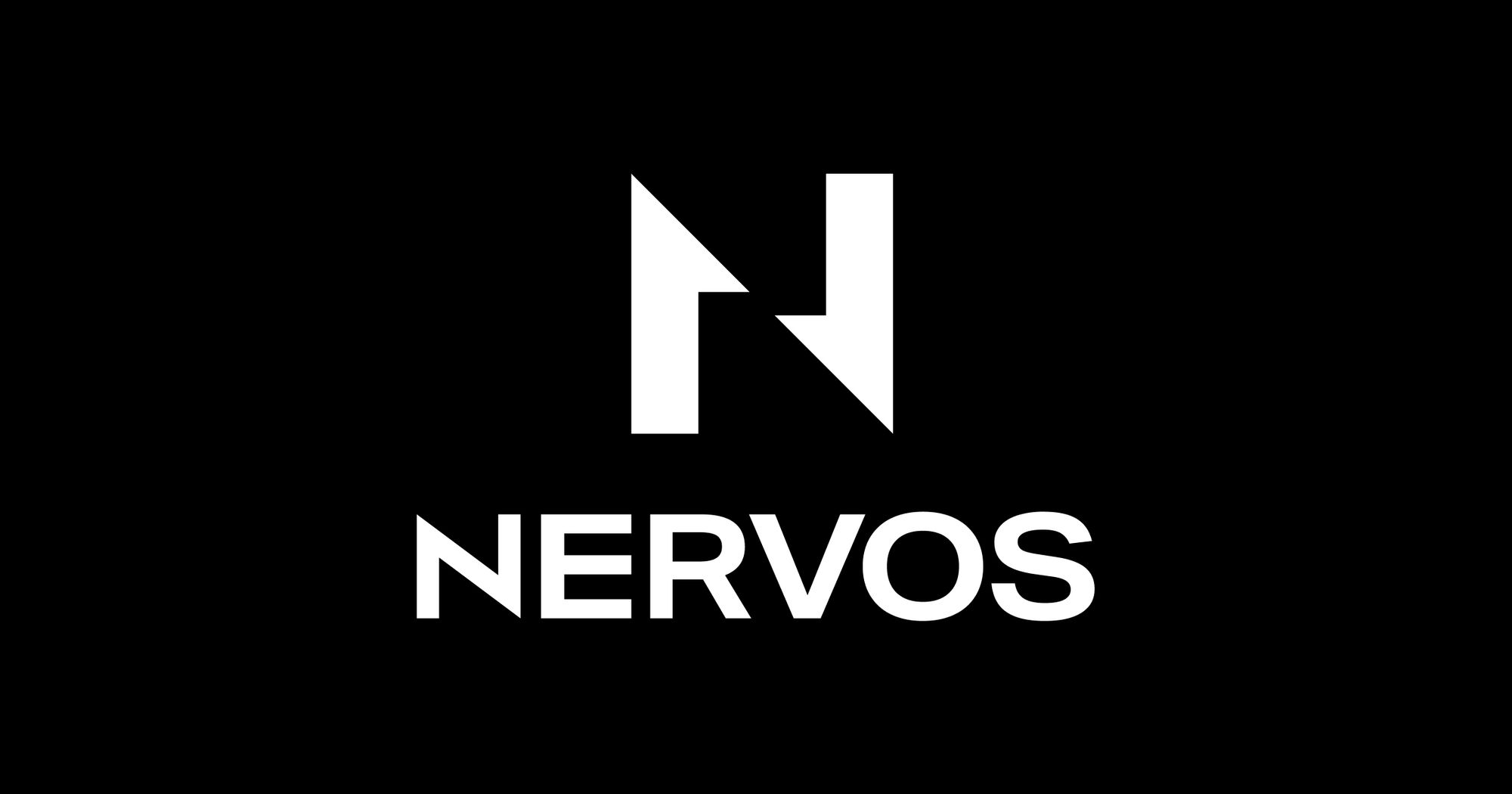BEVM Unveils Groundbreaking Taproot Consensus for Decentralized Bitcoin Layer 2 Solution – Blockchain News, Opinions, TV & Jobs


May 26, 2024, Cardiff, UK, Chainwire
On May 20, 2024, Bitcoin Layer2 development team BEVM released a technical yellow paper titled “Taproot Consensus: A Decentralized BTC Layer2 Solution.” This document details the Taproot Consensus implementation, which leverages native Bitcoin technologies such as Schnorr signatures, MAST, and Bitcoin SPV nodes to build a fully decentralized BTC Layer2 solution. Taproot Consensus represents a significant leap forward in native Bitcoin scalability by innovatively combining existing Bitcoin technologies without modifying Bitcoin’s core code.
I. History of Bitcoin technology iterations
- October 31, 2008: Satoshi Nakamoto published “Bitcoin: A Peer-to-Peer Electronic Cash System,” which introduces Bitcoin and the concept of Simple Payment Verification (SPV).
- January 3, 2009: Nakamoto mined the Genesis block and launched Bitcoin. The original code used ECDSA for digital signatures instead of Schnorr signatures, which were under patent protection at the time. Schnorr signatures maintain all the features and security assumptions of ECDSA and can exceed ECDSA’s limit of 15 signatures, allowing Bitcoin to be managed by thousands of addresses without affecting signature speeds.
- 2018: Bitcoin core developers have proposed integrating Schnorr signatures into the Bitcoin network.
- November 14, 2021: The Taproot upgrade integrated Schnorr signatures and introduced Merkelized Abstract Syntax Trees (MAST), enabling smart contract-like functionality and decentralized multi-signature management.
- BEVM’s Taproot Consensus solution builds on these advancements by combining Schnorr signatures and MAST to manage multi-signature addresses and support complex business scenarios at Bitcoin Layer2.
II. Taproot Consensus Solution Overview:
Hwangseo begins by emphasizing the non-Turing-complete nature of Bitcoin and the limited functionality of smart contracts. It argues that instead of modifying Bitcoin Layer1, we should use Bitcoin’s existing features to build decentralized Layer2 solutions.
BEVM’s Taproot Consensus combines Bitcoin’s Taproot technology (Schnorr signatures and MAST), Bitcoin SPV light nodes, and BFT PoS consensus mechanism to create a decentralized and consistent Layer2 network.
III. Detailed description of Taproot consensus architecture

The Taproot Consensus architecture consists of three main components: Schnorr+MAST, Bitcoin SPV, and Aura+Grandpa.
· Schnorr+MAST: Using these technologies from the Taproot upgrade, we achieve decentralized Bitcoin multi-signature management powered by Bitcoin code.
· Bitcoin SPV: You can sync and confirm Bitcoin transactions without running a full node.
· Aura + Grandpa: Advanced PoS consensus protocol for Byzantine fault tolerance, ensuring high consistency between network nodes.
In the BEVM system, each validator holds a BTC private key for Schnorr signatures. The aggregated public keys form a MAST tree, enabling BTC transfers and inscriptions to threshold signing addresses. Validators act as Bitcoin SPV light nodes, providing secure and permissionless synchronization of the BTC network state. Aura+Grandpa ensures the security and reliability of the Layer 2 network through assets managed by BFT consensus.
The operating principles of Taproot Consensus are as follows: “In the BEVM system, each validator holds a BTC private key for Schnorr signatures. The properties of Schnorr signatures enable efficient signature aggregation, improving the security and efficiency of the system. The aggregated public keys Pagg generated through the Musig2 multi-signature scheme form a large-scale Merkle Abstract Syntax Tree (MAST). After generating the root hash of the MAST tree, validators can submit data from the BTC mainnet to the BEVM network by performing BTC transfers and inscriptions to the threshold signature addresses generated from the MAST tree. Each validator can also act as a Bitcoin Simplified Payment Verification (SPV) light node, providing secure, permissionless synchronization of the BTC network state.”
IV. Other technical details from Huangshu – True Decentralization
Huangseo also details the implementation of Schnorr signatures, MAST, Bitcoin SPV light nodes, and Aura+Grandpa, providing a comprehensive technical overview for those interested in Bitcoin technology. The Musig2 implementation is described and contrasted with other BTC Layer2 projects such as Mezo, which uses the tBTC protocol. Unlike tBTC, which relies on a network of nine signers, Taproot Consensus integrates a multi-signature network with BFT PoS consensus to achieve true decentralization.
Huangseo also explains the implementation process of Musig2 and the differences between other BTC Layer2 projects such as Mezo and Taproot Consensus. Mezo’s basic technical architecture is based on the tBTC protocol, which uses Bitcoin multi-signatures to form a threshold signature network, providing strong consistency compared to existing decentralized networks. However, while tBTC still relies on a network of nine signers, a truly decentralized system would need to be consensus-driven, combining a multi-signature network and a Byzantine Fault Tolerance Proof of Stake (BFT PoS) consensus mechanism. This is the difference between a decentralized network and a blockchain. Decentralized networks emphasize decentralization but lack Byzantine fault-tolerant consensus, while blockchains are both distributed networks and driven by Byzantine fault-tolerant consensus, achieving true decentralization. The Taproot Consensus solution adopts this more advanced design. It integrates Schnorr signatures, MAST, Bitcoin SPV light nodes, Aura, and Grandpa Byzantine fault-tolerant consensus mechanisms to build a highly consistent and secure decentralized Layer2 scalability solution. This integration improves the scalability and usability of the Bitcoin network and ensures the security and consistency of the BEVM network.
conclusion
The BEVM team’s technical yellow document comprehensively describes Taproot Consensus, a Bitcoin Layer2 solution built entirely on the underlying Bitcoin technology. It respects and innovates on Bitcoin’s original technical direction, creating a true evolution of the underlying Bitcoin scalability technology. As the Bitcoin ecosystem evolves, solutions like Taproot Consensus will be critical to its development and will serve as a key cornerstone of a truly decentralized Bitcoin Layer2 solution.
Introduction to BEVMs
BEVM is the first fully decentralized EVM-compatible Bitcoin Layer 2 solution. This allows Ethereum ecosystem DApps to operate on Bitcoin using BTC as gas. BEVM enhances the usability of Bitcoin by providing a secure and scalable platform for decentralized applications. The system integrates advanced consensus mechanisms, cross-chain interaction, and strong data integrity to ensure a seamless experience. BEVM aims to revolutionize the Bitcoin ecosystem by providing improved scalability, security, and compatibility with popular Ethereum tools and applications.
For more information, visit BEVm’s official website or follow BEVM on Twitter.
contact
Tommy
BevM
tommie@bevm.io



